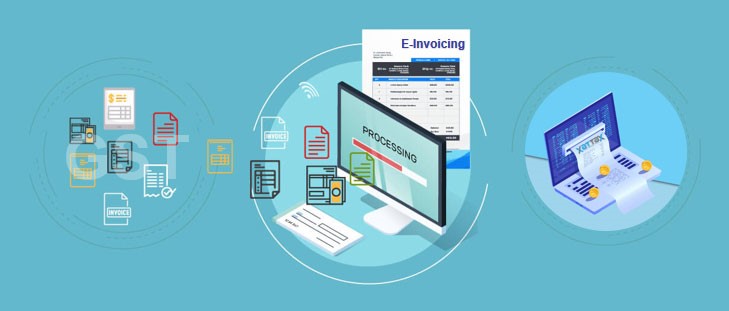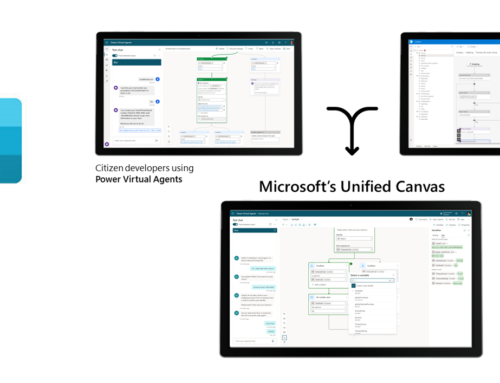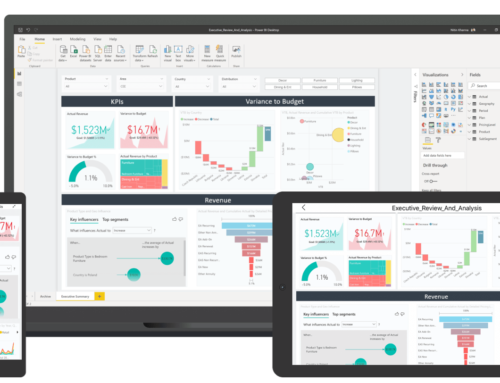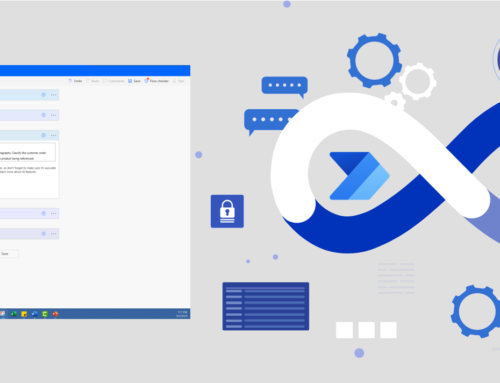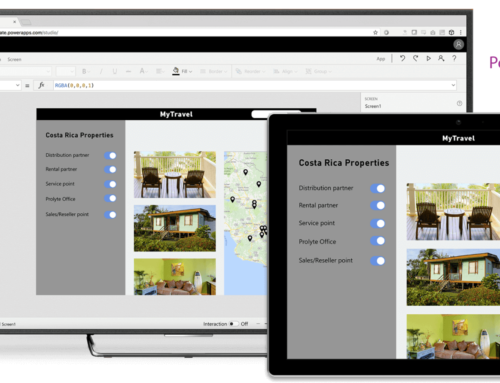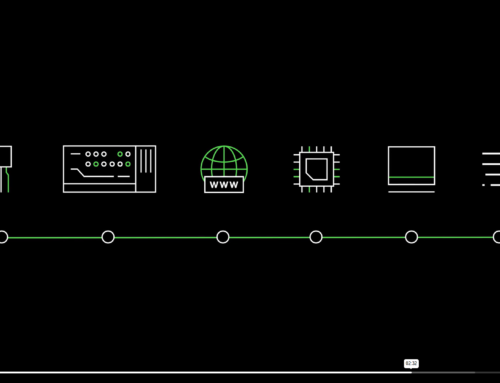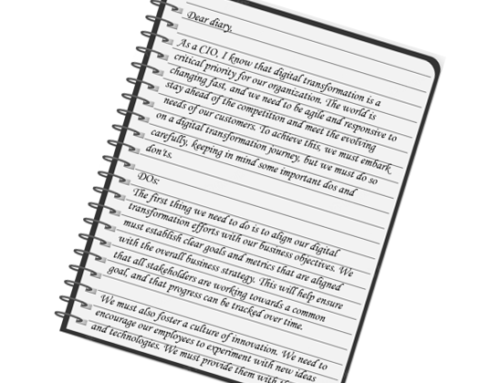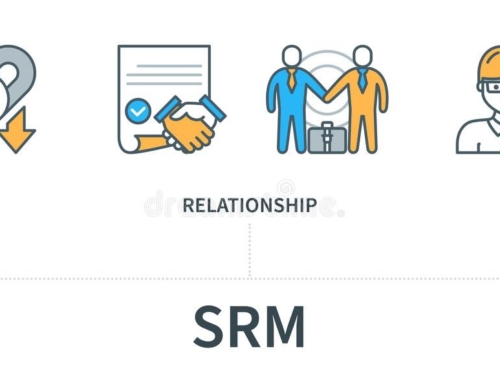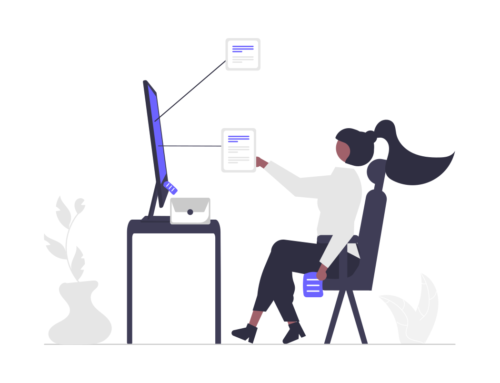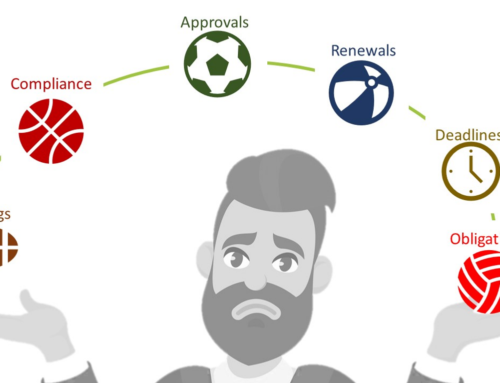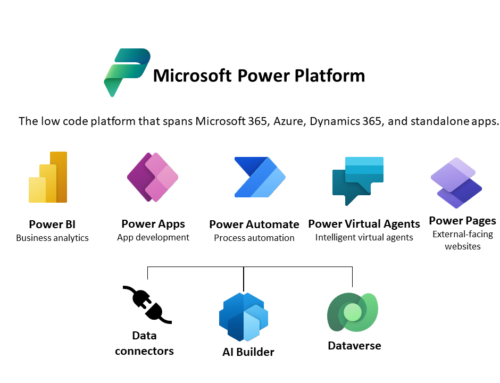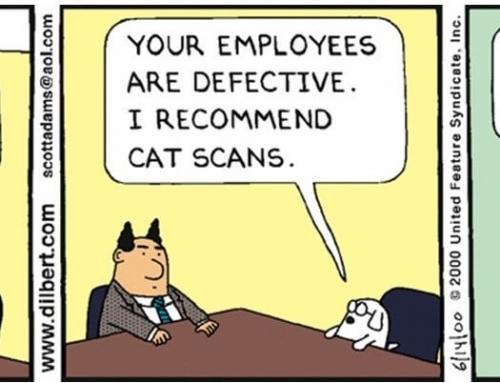One of the ways businesses can improve their AP processes is by leveraging Artificial Intelligence. AI-powered solutions can help streamline AP operations, reduce costs, improve accuracy, and strengthen supplier relationships. In this post, we will discuss the importance of AP processes, the key metrics to monitor, and real-life examples of how AI has been used to improve each of these metrics.
Importance of Accounts Payable Processes
Accounts payable processes are essential to any business for the following reasons:
- Accurate financial records: AP processes ensure that all financial records related to supplier payments are accurate and up-to-date. This helps businesses maintain an accurate record of their financial transactions, which is critical for budgeting, forecasting, and financial reporting.
- Efficient payment processing: AP processes help businesses process payments to suppliers quickly and efficiently. This helps businesses maintain good relationships with their suppliers by ensuring timely payments.
- Cost savings: Effective AP processes can help businesses save costs by reducing errors, improving efficiency, and negotiating better payment terms with suppliers.
Key Metrics to Monitor for Effective AP Processes
Businesses need to monitor the following key metrics to evaluate the effectiveness of their AP processes:
- Invoice processing time: This metric measures the time it takes for an invoice to be processed from the time it is received to the time it is paid. Reducing the invoice processing time can help businesses save costs and improve supplier relationships.
- Days payable outstanding (DPO): This metric measures the average number of days it takes a business to pay its suppliers. A lower DPO can help businesses negotiate better payment terms with suppliers and improve cash flow.
- Invoice accuracy rate: This metric measures the accuracy of the invoices processed by the business. Improving the invoice accuracy rate can help businesses reduce errors and prevent fraudulent activity.
- Percentage of early payments: This metric measures the percentage of payments made to suppliers before their due date. Increasing the percentage of early payments can help businesses improve supplier relationships and negotiate better payment terms.
- Accounts payable turnover: This metric measures how quickly a business pays its suppliers. Improving accounts payable turnover can help businesses manage their cash flow more effectively and negotiate better payment terms.
- Average cost per invoice: This metric measures the cost of processing each invoice. Reducing the average cost per invoice can help businesses save costs and improve efficiency.
Real-life Examples of AI Improving AP Processes
Here are some real-life examples of how AI has been used to improve each of the key metrics mentioned earlier:
- Invoice processing time: One example of how AI has been used to improve invoice processing time is by implementing an automated accounts payable system. For example, a company called Basware uses AI-powered invoice processing to automatically extract data from invoices, match invoices to purchase orders, and process payments. This has resulted in a 90% reduction in invoice processing time for some of their clients.
- Days payable outstanding (DPO): AI can help companies forecast their cash flow and predict future payment obligations, allowing them to better manage their payments and pay suppliers more quickly. For example, a company called Taulia uses AI to analyze invoice data and predict the optimal time to pay suppliers to maximize discounts and improve cash flow. This has resulted in a 65% reduction in DPO for some of their clients.
- Invoice accuracy rate: AI can help improve the accuracy of invoices by using OCR technology to extract data from invoices and match them to purchase orders. For example, a company called AppZen uses AI to automatically audit invoices for errors and fraud. This has resulted in a 90% reduction in manual invoice audits for some of their clients.
- Percentage of early payments: AI can help companies identify opportunities for early payments and negotiate better payment terms with suppliers. For example, a company called C2FO uses AI to analyze invoice data and offer early payment options to suppliers. This has resulted in a 15% increase in the percentage of early payments for some of their clients.
- Accounts payable turnover: AI can help companies manage their payments more efficiently and pay suppliers more quickly. For example, a company called Tipalti uses AI to automate the payment process and ensure that payments are processed quickly and accurately. This has resulted in a 40% increase in accounts payable turnover for some of their clients.
- Average cost per invoice: AI can help companies reduce the cost of processing invoices by automating the process and reducing the need for manual labor. For example, a company called Stampli uses AI to automate the accounts payable process and reduce the cost of invoice processing by up to 90%.
Conclusion
Accounts payable processes are critical to the success of any business. By monitoring key metrics and leveraging AI, businesses can improve the efficiency and accuracy of their accounts payable processes, reduce costs, and build strong relationships with suppliers. Real-life examples show that AI can significantly improve each of the key metrics mentioned earlier, from invoice processing time to average cost per invoice. As AI continues to advance, we can expect to see even greater improvements in accounts payable processes, leading to more efficient and effective business operations.

